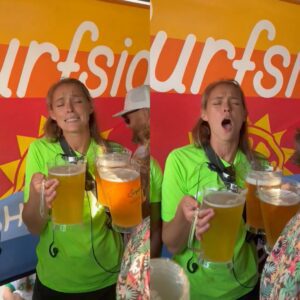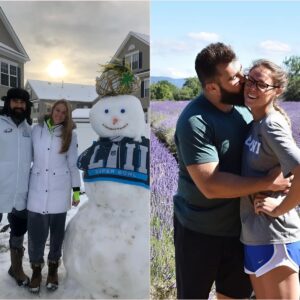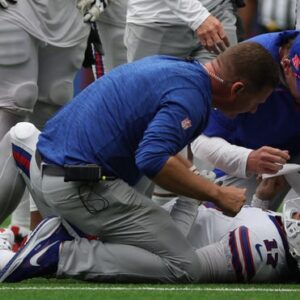Elon Musk Predicts Tesla’s FSD Will Surpass Human Driving Safety By Q2 2025

Tesla CEO Elon Musk said on Thursday that the company sees its full self-driving (FSD) driver assistance technology superseding human driving capabilities in 3 months.
Musk said in an X live on Thursday that the company sees FSD driving better than an average human driver in terms of the incidence of accidents by the second quarter of this year and getting 10 times safer in due time and further until it will no longer crash.
Tesla’s FSD currently requires active driver supervision. However, Musk is optimistic that the technology will enable autonomous driving with future versions of the software.
Musk is known for overestimating his company’s products and providing deadlines he cannot meet. As far back as 2019, Musk said that he was confident about Tesla having operational robotaxis by 2020.
Last year, Musk said that the company would start deploying self-driving Model 3 and Model Y vehicles in Texas and California for ride-hail in 2025, provided it gets the necessary regulatory clearances.
Earlier this week, the U.S. auto safety regulator National Highway Traffic Safety Administration (NHTSA) opened a probe into about 2.6 million Tesla vehicles equipped with the company’s full self-driving driver assistance technology following a complaint alleging that the use of its “Actually Smart Summon” feature led to a crash.
Actually Smart Summon refers to a feature that allows a user to remotely move the vehicle towards themselves or to another nearby location such as a parking lot through the company’s phone app.

In October, NHTSA opened another investigation into 2.4 million Tesla vehicles following reports of four crashes where its full self-driving (FSD) partial driving automation system was engaged.
The regulator then said that it had identified four crash reports in which a Tesla experienced a crash after entering an area of “reduced roadway visibility” with FSD engaged. The reduced visibility, the regulator said, was caused by sun glare, fog, or airborne dust.
In one of the crashes, the vehicle struck and killed a pedestrian, the regulator added.





